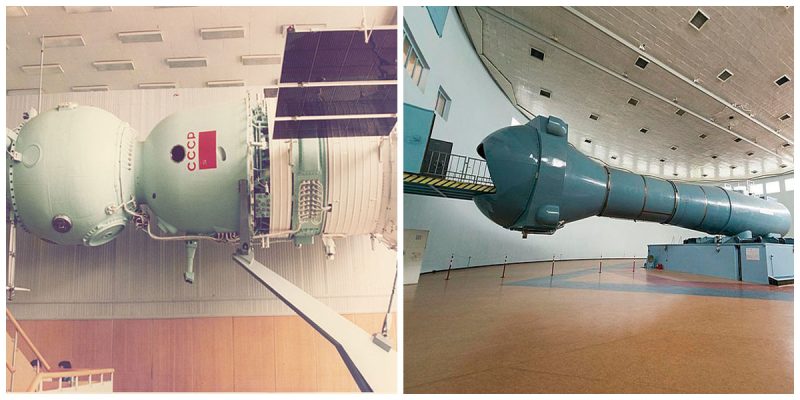Just 15 miles (24km) northeast of Moscow lies Zzesdny Gorodok, or “Star City”, which has been home to the Yuri Gagarin Cosmonaut Training Center (GCTC) since the 1960s.
Cosmonauts of the past and present have lived there with their families since Yuri Gagarin became the first human to visit space in 1961.
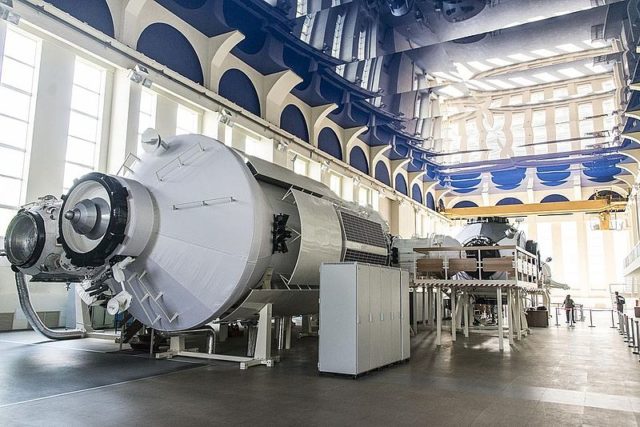
Formerly a secret air force facility, Star City was highly guarded even by Soviet standards. Not listed on any Soviet-era maps, the closed urban-type settlement is hidden in the woods some twenty miles northeast of Moscow.
Star City was born as the Soviet space program developed and the need for a cosmonaut training center became evident.
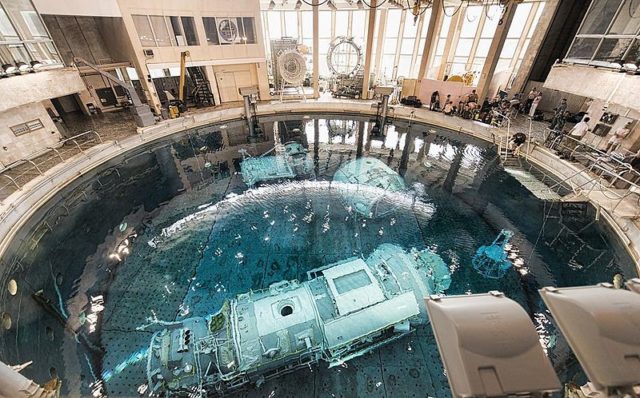
Many Russian cosmonauts, past and present, and Training Centre’s personnel live in Star City with their families. The facility has its own post office, high school, shops, child day care/kindergarten, movie theater, sports and recreation facilities, railway station, and a museum of space travel and human exploration.
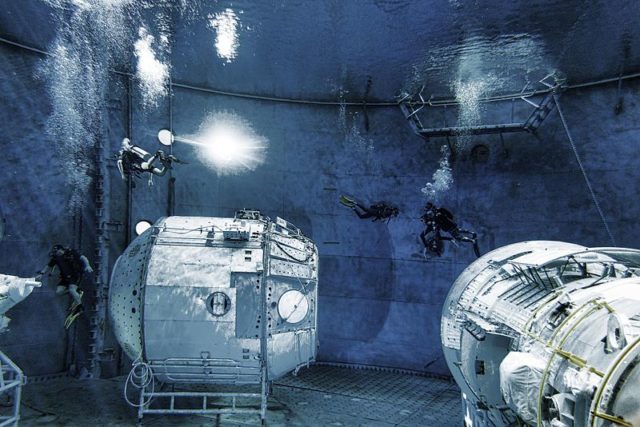
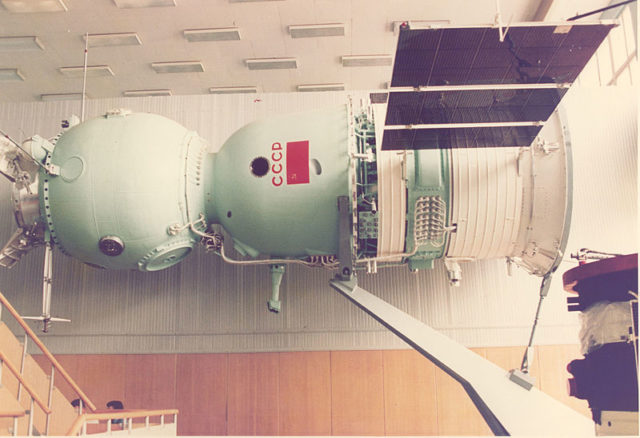
For most of its history, the space training center was in the jurisdiction of the Soviet and then Russian military. However, in August 1996, due to the changes in legislation, the center became subordinated both to the Ministry of Defense and to the Roscosmos (Russian Federal Space Agency).
This double status remained in effect until October 1, 2008, when the center was re-organized and subordinated directly and solely to the Roscosmos. As a result, the status of the territory of Star City was changed from military to civil, and the territory itself was incorporated as a closed administrative-territorial formation of Zvyozdny Gorodok. Within the closed formation, the territory was organized on June 16, 2009, as an inhabited locality with the status of a work settlement.
A proposal to officially name the work settlement as Zvyozdny Gorodok was submitted to the federal government on October 29, 2009, but as of 2011 has not yet been officially approved.
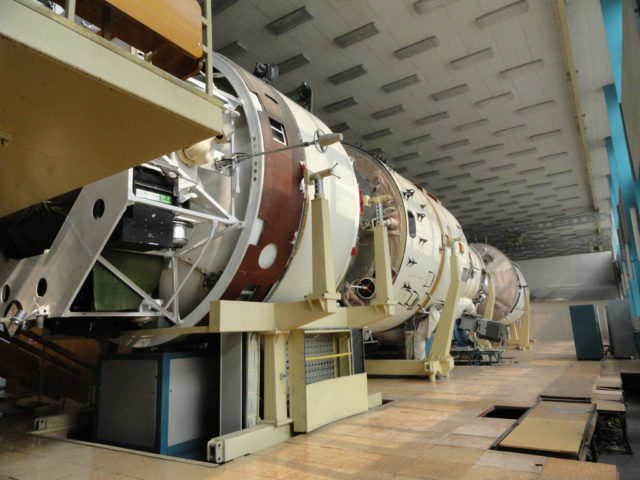
One of the highlights is the Hydrolab. Visitors can put on a real 320 lbs (145kg) space suit and be lowered into a massive pool with submerged models of the Russian Space Station and Soyuz Spacecraft.
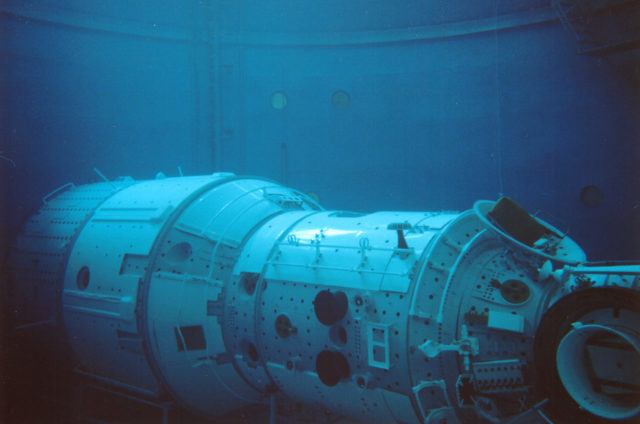
Star City houses the world’s biggest centrifuge at 59 feet (17m) long and weighing 300 tons. It spins at 170 mph and gets up to 30G’s, though tourists are only allowed to experience a maximum 4G’s, which is exactly what astronauts experience during a shuttle launch.
It also houses a number of other attractions, including; a simulation of the Russian Segment of the ISS (which serves, for training living in a confined space and for completing scientific and technical experiments), the Neutral Buoyancy Laboratory (which serves for the training of cosmonauts/astronauts to work in outer space, outside ISS), Zero G Flight (takes you up to 20,000 feet (6000m) in a special airplane designed for astronaut training).
The Landing Wood Survival (teaches you to endure, in case your space capsule should miss its mark) and Simulator of the Mir Space Station, which successfully worked in space for more than 15 years.
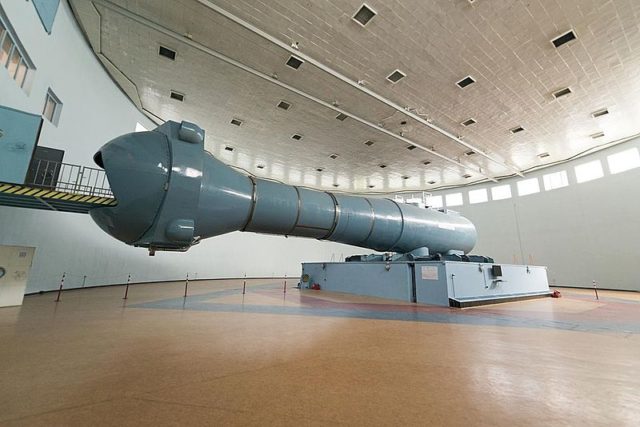
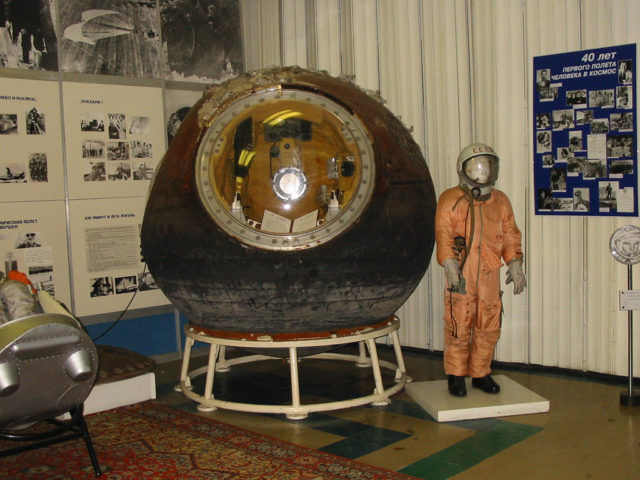
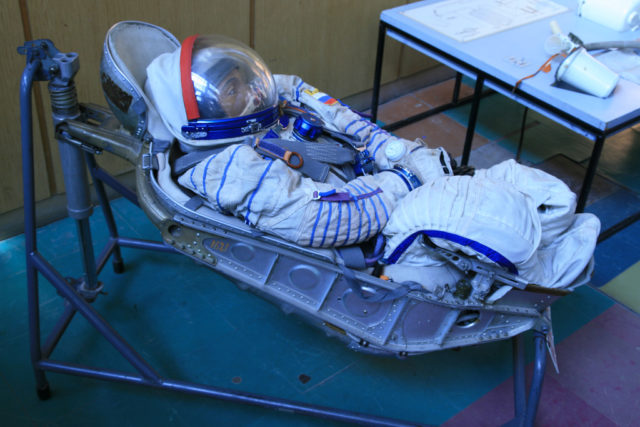
Vintage spacesuits, capsules charred from reentering the atmosphere, and a replica of Gagarin’s office are on display at the museum of space travel and exploration. There is also a statue of the “space dog” Laika, the first animal to orbit the earth.
